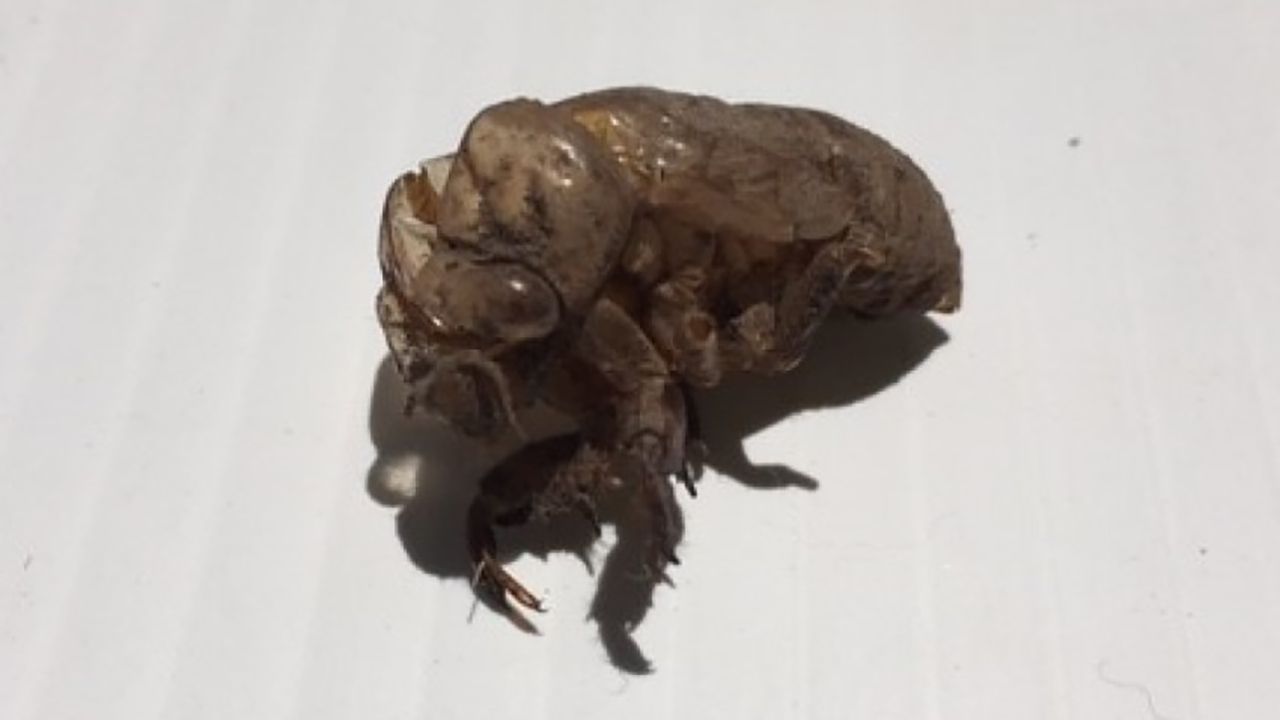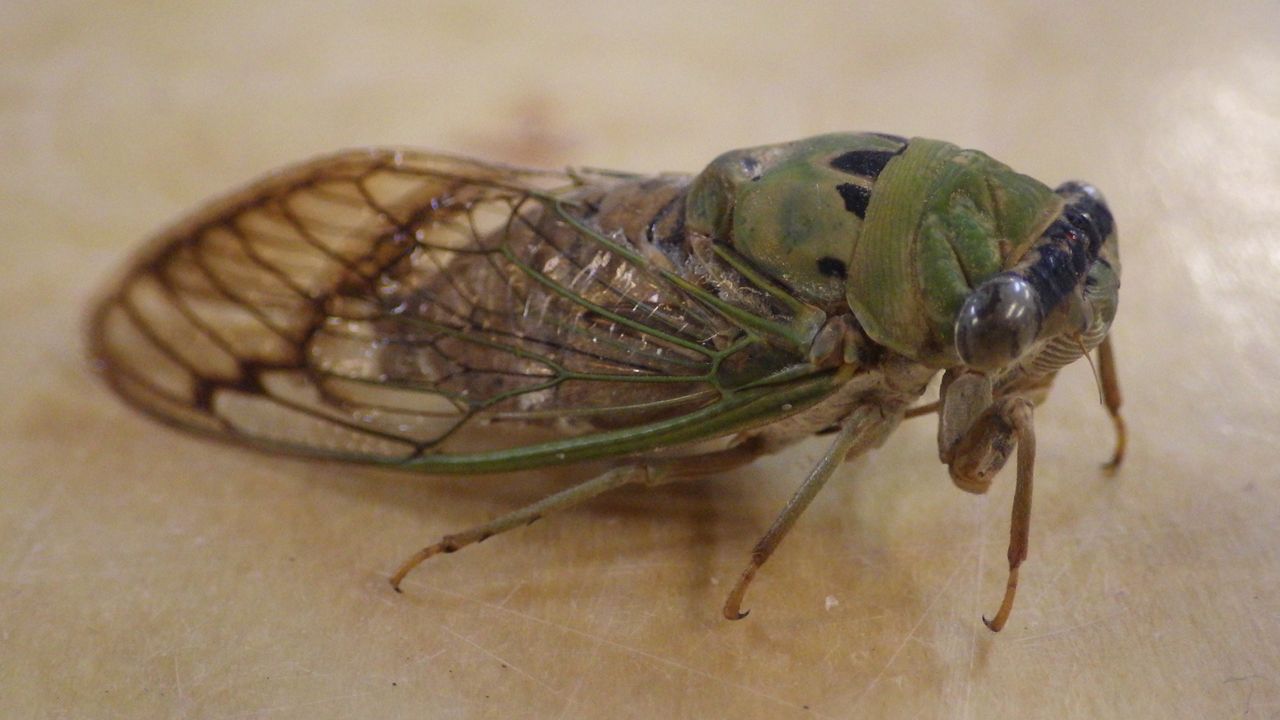When the days turn hot during the summer months, a certain quiet laziness takes over on sultry, sleepy afternoons. Except it’s not that quiet. There is the constant buzz, hum and chatter of cicadas, ranging from a low murmur to a rousing crescendo—the insect symphony of summer.
It’s a sound that I remember since childhood.
Early colonists thought clouds of emerging cicadas were locusts like a biblical plague. But locusts and cicadas are different species. Cicadas don’t eat plants (other than tree sap), and they don’t bite or sting. But they do often appear millions at a time.
North American cicadas spend most of their lives as underground grubs, with some species emerging as adults in predictable intervals of 13 or 17 years. Insect experts classify them as one of 15 “broods” based on their species, location and which years they appear.
Periodicals, as they are called, are often black with orange eyes and an orange tint on their wings.
But there are also annual cicadas — species that come out every year. Annual cicadas are common in Texas and are green and brown with brown eyes. Their life cycles can vary from one to nine years underground, and their appearance as adults is not synchronized, so some of each species appear every year.
Only occasionally do we see the live adults unless they are in a massive swarm. More commonly, we find their abandoned exoskeletons clinging to trees and other objects. They shed as they dig out of the ground and begin their short reproductive cycle.

People believe the songs of cicadas are unique to each species. Some cicadas produce sounds as loud as 120 decibels, as loud as a rock concert or a jet airplane taking off, which is among the loudest of all insect-produced sounds.
Some small species have songs so high in pitch that they are inaudible to humans.
Although only males produce the cicadas' distinctive sounds, both sexes have membrane structures called tympana, which they use to detect sounds, the equivalent of having ears. Males also use these plates to sing and disable their “ears” while calling, preventing damage to their hearing.
Cicadas’ adult wings are covered with a natural engineering curiosity: tiny nanostructures that repel water, kill bacteria and self-clean. The surface of the wing is covered with microscopic, waxy cones — blunt spikes that create a water-repellent film. Rain rolls across the wing surface, removing dirt.
Bacteria landing on the wing surface are torn apart by the tiny spikes, making the wing surface the first-known biomaterial that can kill bacteria.
For people in China, Malaysia, Burma, Latin America and the Congo, cicadas can also be a tasty lunch. They are served skewered, deep fried or stir-fried. The taste is said to be like shrimp.
But as adults reach the end of their 5-6 week adult life cycle, the chorus fades away along with the insects. They leave behind only their decaying corpses, which become nutrients for the soil and their eggs to repeat the multi-year cycle.
Our team of meteorologists dives deep into the science of weather and breaks down timely weather data and information. To view more weather and climate stories, check out our weather blogs section.



